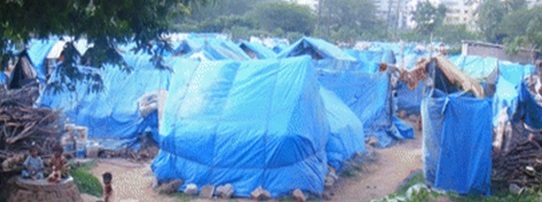ACCOUNT
Accounting for the unaccounted
ACCOUNT is mapping and estimating the population of invisible spaces, namely those areas omitted in official statistics but inhabited by people living in deprived areas, such as small slums. The population of such spaces is often not accounted for in official statistics . According to UN-Habitat, around one billion people live in slums. However, for several countries, estimates are not available, while for other countries reported data do not accurately reflect the population living in deprived areas. The few existing independent surveys on such areas report dramatically higher numbers of deprived populations as compared to official statistics. The main question, to be addressed in ACCOUNT is: how much of the population living in deprived areas is not accounted for in official statistics due to underreporting and the inability of population surveys (e.g., census) to locate invisible spaces such as small and temporary settlements. Reliable and up-to-date data are urgently required, for planning and service provision, humanitarian response or to address dramatic differences in health outcomes (such as the much lower life expectancies in deprived as compared to better-off areas).

Remote sensing (RS) imagery can provide consistent spatial data of deprived areas that can account also for invisible spaces. The main scientific innovation of ACCOUNT lies in the development of a transferable framework that combines RS, machine-learning, Voluntary Geographic Information, and local survey data, to arrive at bottom-up population estimations, accounting for invisible spaces.
Recordings of a Webinar as part of the SAD 2020 | Spatial Analytics + Data Seminar Series (by Newcastle University, University of Bristol and the Alan Turing Institute):
